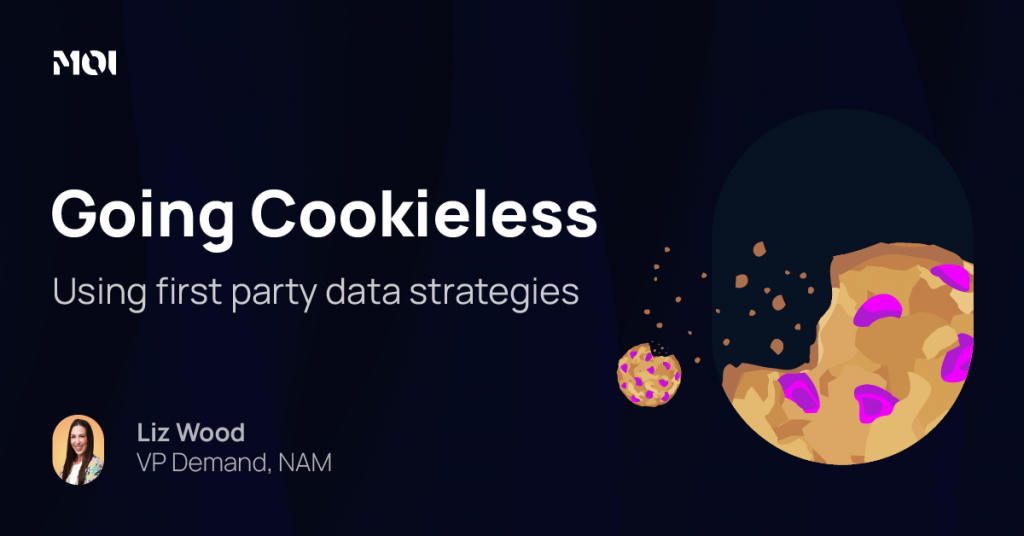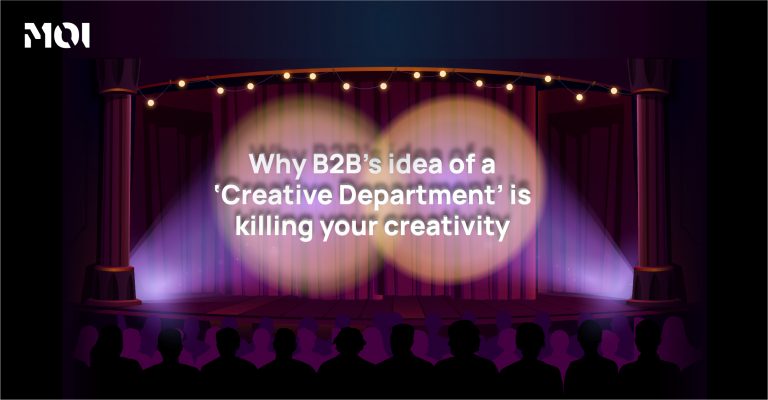
We’ve almost made it through Q1 and there is no sign of cookie deprecation backtracking; Google is still on track to make the switch by the end of 2024 following January’s 1% reduction of the 3rd party cookie. And while there are many implications to all sides of marketing – integrated marketing programs and holistic GTM (go to market) strategies to name a few – developing a 1p (1st / first party) data strategy is at the core of future proofing.
But first, a quick reminder on
1) The types of cookies/data involved
2) Why some of them are going away:
- Zero party: Information that consumers intentionally share with a business. You could consider this a subset of 1st party data. Zero party data is usually of higher quality and more exact (and therefore the most valuable) than any other source of consumer data.
- 1st party: Data that is collected and stored by a specific website. These cookies are typically used to collect data on usage, remember language settings, and, in general, help to provide a stronger, more personalized user experience. These aren’t going anywhere, but they are why you see sites prominently displaying the “approve” or “deny” cookies popup.
- 2nd party: Simply put, this is someone else’s 1st party data, data that a company has bought from another company, usually a trusted partner, in a transaction that is mutually beneficial. This type of data comes with risks and should be considered a source of supplemental information, not relied on as a primary source. These also aren’t going away but will require a much tighter privacy protocol.
- 3rd party: Any data collected by a company, complied data from multiple databases, and is sold to or bought in much larger scale than zero/1st/2nd party data. It is typically the largest set of data, but the least reliable, and restricts brands from interacting in a meaningful way with prospects and customers. THIS is the core data/cookie that is set to disappear/be extremely limited due to privacy and consent concerns.
Now, back to developing a 1p (1st / first party) data strategy, why it’s so important in 2024, and the actionable steps your organization can take to relying less on 3rd party data.
As we know, data serves as the backbone for sales and marketing efforts, and the absence of data would leave decision making to hypotheticals, assumptions, and gut feelings. Instead, we, as marketers, do our best to approach decision making through the lens of data. But before we go running off using company and audience data, we need to understand what data is being used, where it comes from, how exact it is, and what subsets are most important before building and executing on marketing strategies. Based on the direction cookies are headed, it makes complete sense why companies are putting such a heavy emphasis on data in 2024, with Demand Gen Report citing 61% of marketing practitioners planning on slightly to greatly increasing their budget towards database strategies this year to onboard (and maintain) more zero and 1st party data. Top reasons for these investments include:
- Future proofing against diminishing 3rd party data;
- Better insights to personalize content and messaging;
- Better data coverage of target accounts for ABM (Account Based Marketing) initiatives;
- Deeper intelligence to tie intent signals to specific contacts;
- Better data to expand total addressable markets and find new prospects;
- Overall compliance.
Don’t have a 1st party data strategy? That’s ok, we’re here to guide you.
Step 1: Define your business goals
- Once you understand your business objectives and goals, you and your functional teams can start to develop the programs and tactics needed to support such goals. It’s the activities and tactics that inform the type of customer data you need. It can’t be all things at once, focus on where you need to grow your 1p data, where you need to fill gaps, then prioritize your approach.
Step 2: Identify data sources and the types of data collected
- Understand what customer data sources you have and the types of data you collect already. First, look at the systems you currently use and document the data collected by those systems. Include all systems across the company – you might be surprised to find that some of your customer and audience data is hidden in siloed applications. A data source mapping project gives you a clear picture of the customer data you have now and the data you still need to collect. Be sure to note if the data was collected under any relevant privacy regulations.
Step 3: Standardize your data strategy
- Similar data is often stored in different formats, updated on different schedules, and is usually not consistent. To use this data in your marketing and sales programs, it must be integrated, for consistent access across all the systems that store it. If it’s not accurate and the same across all systems, you risk building customer experiences on different data, leading to frustrated and confused customers. Also, it’s not a set it and forget it, set a measurement plan to ensure 1p data is continuously being optimized
Step 4: Implement a tool (like a CDP – consumer data platform) to manage your data
- Marketing, sales, customer success, and other groups can then access this centralized data to ensure the experiences they create, and deliver are all built on the same information, providing a consistent, accurate, and relevant experience across all channels.
Step 5: Enrich and maintain data to complete a customer profile
Step 6: Activate your programs through orchestration and using a “better” data strategy
Overwhelmed and nervous about where you or your company is with all of this? Don’t fret. As of Q3, eMarketer reported that cookie inventory still accounts for most paid activity, and advertisers are looking to other solutions/alternatives to combatting the chaos (programmatic direct deals, private marketplace deals / PMPs, enhanced contextual targeting, retargeting, leveraging the 1st data that is available, increased investment in walled gardens with strong 1p data such as LinkedIn, and more).

Reach out to learn more about how MOI can help your organization navigate these waters as part of an overall marketing strategy.


